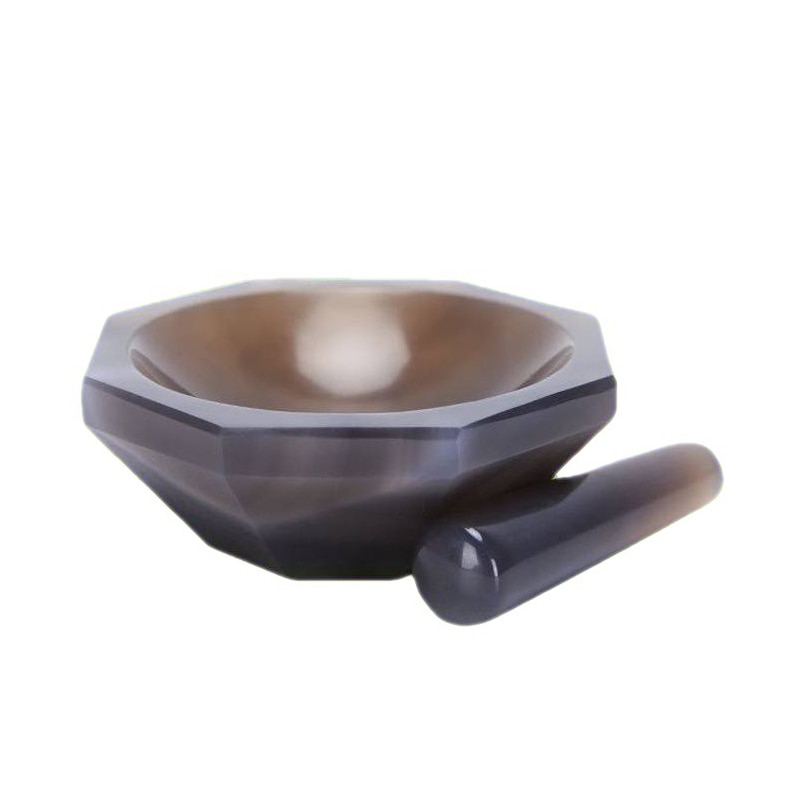
The mortar and pestle, a simple yet indispensable tool, has played a vital role in culinary traditions around the world for centuries. From ancient civilizations to modern kitchens, this duo has withstood the test of time, proving its versatility and enduring relevance. Join us as we journey through history to uncover the fascinating origins and evolution of the mortar and pestle.
1. Ancient Beginnings: The origins of the mortar and pestle date back to prehistoric times. Early humans used stones to crush and grind food, herbs, and other materials for consumption, marking the humble beginnings of this culinary tool.
2. Mesopotamian Ingenuity: In Mesopotamia, around 6000 BCE, mortar and pestle sets made from various materials, including stone and clay, began to emerge. They were used for grinding grains and herbs, contributing to the development of early culinary practices.
3. Egyptian and Greek Influence: Ancient Egyptians and Greeks recognized the efficiency of mortar and pestle sets. Egyptians used them for grinding herbs and creating cosmetics, while Greeks employed them for medicinal preparations and culinary endeavors.
4. Roman Advancements: The Roman Empire embraced the mortar and pestle as an essential kitchen tool. Romans utilized mortars made from materials like bronze and marble for grinding spices, herbs, and even medicines.
5. Medieval Alchemy and Apothecaries: During the medieval period, mortar and pestle sets were closely associated with alchemy and apothecaries. They played a pivotal role in grinding and blending materials for medicinal and mystical purposes.
6. Colonial and Indigenous Uses: In various parts of the world, indigenous communities and colonial settlers utilized mortar and pestle sets to process local ingredients, adapting them to their culinary traditions.
7. Global Variations: Different cultures developed their own variations of mortar and pestle sets based on available materials. Wooden, stone, and ceramic versions emerged, each reflecting the culture’s culinary practices and preferences.
8. Industrial Revolution Impact: The industrial revolution brought advancements in kitchen equipment, but the mortar and pestle endured. It continued to be valued for its ability to grind and blend ingredients without the need for electricity.
9. Modern Culinary Revival: In recent years, the mortar and pestle have experienced a renaissance in modern kitchens. Home cooks and professional chefs alike appreciate the tactile experience of grinding their own spices and herbs, resulting in heightened flavors and aromas.
10. Symbol of Tradition and Craftsmanship: The mortar and pestle have transcended their practical use to become symbols of tradition, craftsmanship, and the art of culinary creation. They evoke a connection to the past while remaining relevant in contemporary cooking.
Conclusion: The history of the mortar and pestle is a testament to their enduring utility and cultural significance. From ancient civilizations to present-day kitchens, this culinary tool has played a vital role in grinding, blending, and creating flavors that define cultures and cuisines. The mortar and pestle stand as a timeless embodiment of the craftsmanship, tradition, and culinary exploration that continue to shape our world.
